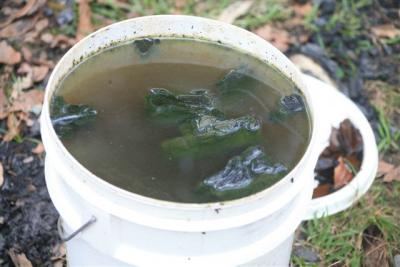Spreadsheet for Calculating Basic "New Terra Preta" Economics
Submitted by Kevin Chisholm on
Spreadsheet for Calculating Basic Biochar Economics Kevin Chisholm, May 13, 2008
Knowing soil density, the density of "loose charcoal" as it will be applied to the soil, the density of crushed charcoal, the depth of the original soil into which the charcoal will be tilled in, and a proposed weight addition per square meter, we can then calculate the average depth of charcoal on the surface of the ground after placing, and the weight percentage of charcoal that will exist, after the charcoal is tilled in to the desired depth.

















